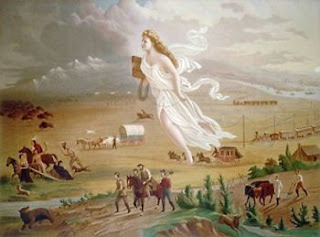
Since the devastating blow to popular culture that was the cancellation of
Full House after a mere eight seasons, Bob Saget has become well-known his remarkably un-Danny Tanner like standup routine, which has, over the years, included some questionable material about diminutive co-stars the Olsen Twins and led to equally blue cinematic utterances such as the now-infamous line, “I used to suck dick for coke,” from the 1998 film,
Half Baked.
Fellow standup and former
Full House co-star, Dave Coulier, has taken the opposite path, largely maintaining the squeaky clean image he made for himself playing the role of Joey Gladstone on the 1987 sitcom.
During the show’s run, Coulier also co-hosted a spin-off of Saget’s
America’s Funniest Home Videos called
America’s Funniest People, which traded in
Videos’ guy-getting-kicked-in-the-balls motif for a pastiche of people lip-synching to awful songs, making fart noises, and recounting jokes so bad that their mere telling confused middle-America into believing that Coulier’s Jackalope character was a work of comedy genius on par with
Mama’s Family and the early, edgier work of Jeff Foxworthy.
Coulier further parlayed his wholesome image into voice work for cartoons like
Muppet Babies,
Scooby and Scrappy-Doo, and the animated classic,
Rude Dog and the Dweebs. In fact, the Michigan-born actor has the distinct honor of being one of the only American celebrities with a persona so bland that he is routinely mistaken for a Canadian, a matter not likely helped by the actor’s oft-professed passion for hockey and real-life Canuck, former
You Can’t Do That on Television star, Alanis Morissette, who is rumored to have penned her scathing first hit “You Ought to Know” about the comedian. Isn’t that ironic?
Since the end of
Full House, Coulier’s unique brand of family-friendly humor has fallen out of favor with white people on both sides of the American-Canadian divide who have largely issued a collective “cut-it-out” to the comedian, despite an appearance as Nancy Kerrigan’s partner on
Skating With the Stars, a position almost certainly awarded to Coulier as the cast member least likely to slip in off-color Tanya Harding joke.
 Since the invention of movable type until the mid-20th century, the easiest way to communicate to a mass audience was by printed word, whether an early pamphlet or a later newspaper. If you had a politician to smear, a war to start, or a room to rent, the newspaper was a cheap and effective way to get the word out.
Since the invention of movable type until the mid-20th century, the easiest way to communicate to a mass audience was by printed word, whether an early pamphlet or a later newspaper. If you had a politician to smear, a war to start, or a room to rent, the newspaper was a cheap and effective way to get the word out. 









